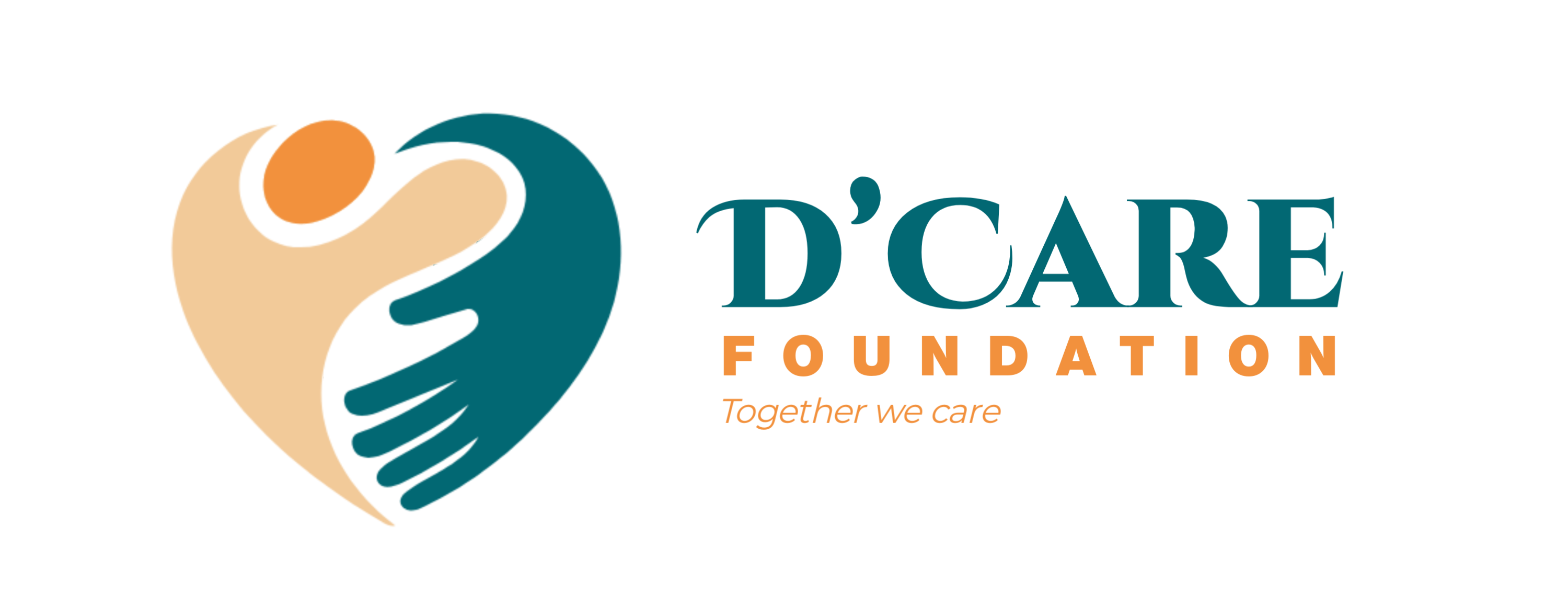Be the first one to receive latest updates.
-
Room C, Aaniin Community Centre, 14th Avenue, Markham, ON Canada
6 FACTS OF THE CANADIAN HEALTH ACT THAT YOU SHOULD KNOW

Health is one of the primary concerns of every human being. In fact, it ranks next to on the hierarchy of needs. Quite fortunately, a number of states, Canada inclusive understands this and have been able to create laws to ensure that every citizen get easy access to health care services.
The primary objective of Canadian health care policy is to protect, promote and restore the physical and mental well-being of residents of Canada and to facilitate reasonable access to health services without financial or other barriers. This is in line with the aim of the CHA to ensure that all eligible residents of Canada have reasonable access to insured health services on a prepaid basis, without direct charges at the point of service for such services.
The amazing thing is that this Health Act insures every Canada resident, whether he/she is a resident or not, though non-residents must have spent a minimum amount of time in the country as we’ll see below
So what is the Canadian Health Act, how does it work and what exactly is in it for you? All the answers are found below. Here are 5 important things you must know about the Act:
6 FACTS OF THE CANADIAN HEALTH ACT THAT YOU SHOULD KNOW
The Canadian Health Act (CHA) was introduced by the Canadian Minister of Health, Monique Bégin, in December 12, 1983 and was assented to in April 17, 1984. It defines the principles for federal financial contributions to the provincial and territorial health insurance programs, popularly known as “medicare”.
The CHA apportions funds to Provinces or Territories (called P/T henceforth) to cater for the health services of every insured individual.
Hospital services that are medically necessary to maintain health, prevent disease, diagnose or treat an injury, illness or disability, including accommodation and meals, physician and nursing services, drugs and all medical and surgical equipment and supplies are included under the insurance plan. So is any medically required service rendered by medical practitioners; and any medically or dentally required surgical-dental procedures which can only be properly carried out in a hospital. It’s free of charge at the point of demand for insured individuals.
Each province is permitted to give ‘necessary and required’ their definition. Because of this, different provinces have different methods of implementing the act. Medical services such as most dental and vision, psychological, orthopedic and cosmetic services may not be covered by your province or territory. You will need to confirm with your P/T to know what is exempted. Apart from this, each P/T may also have different methods by which they administer their health insurance plans. Because of these differences, insurance in one P/T might not necessarily be honoured in another. Visiting a health care facility in a province where you’re not registered might inquire costs on your part.
You have to be a citizen, stayed in Canada for a minimum of 3 months or be a qualified prison inmate to be a beneficiary of this plan.
Legal immigrants may also have access to the benefits of tbe health system. Visitors to Canada must go though a waiting period of 3 months before they become eligible to be insured by the government. Hence, they are advised to be prepared to handle medical needs for the entire waiting period, except in event of medical emergencies.
To receive the full benefits of the health insurance scheme, eligible people must register at their P/T and receive a health card which is the proof of their eligibility. You should note, however, that if you’re a visitor and have overstayed the period indicated on your Visa, you automatically become ineligible for the insurance.
Individuals can also acquire private insurance for medical services not covered by the Canada Health Insurance Plan. This includes but isn’t limited to the health services listed above. Currently, two-thirds of Canadians have private insurance schemes that cover them. Health schemes could be paid for by the companies they work for or be bought personally.
Each province must meet 5 requirements/principles before they can receive the government funds that empower this act. These 5 principles are:
- Public Administration – The insurance plan must strictly be administered by provincial or territorial approved public bodies,
- Comprehensiveness– All insured health services must be included in the plan offered by provinces and territories.
- Universality – Everyone legally entitled to the health plan as stipulated by the law must be able to get access to the benefits without discrimination.
- Portability – People eligible for the plan must have spent a minimum of 3 month in Canada. Also, it sets controls on how much insured individuals should be charged for insured services outside their P/T,
- Accessibility – All insured individuals must have reasonable access to these insured services without paying any further cost.
Provincial governments are also required by regulation to provide annual estimates and statements on extra-billing and user charges. They are also required to provide voluntarily an annual statement describing the operation of their plans as they relate to the criteria and conditions of the Act.
Defaulting P/Ts would be denied the full health funding from the federal government.
Based on these we see that Canada has provided quite a lot of covering for its residents. As exciting a read as this js, this article is meant to only be a summary of what’s in and out for you as a resident of Canada. You should visit the Canada Health Act, Canadian Immigrants or the Canada Commonwealth Fund pages for further information. Still, you could enquire at any Canadian public health care facility around you for the full details.
Search
Categories
D'Care Foundation is a non-profit organisation that supports the welfare and wellbeing of those caring for and fighting to keep us healthy and safe. However, D'Care Foundation is not a registered charity and contributions are not tax-deductible. Tax receipts will not be issued for your contribution. Thank you for your support




